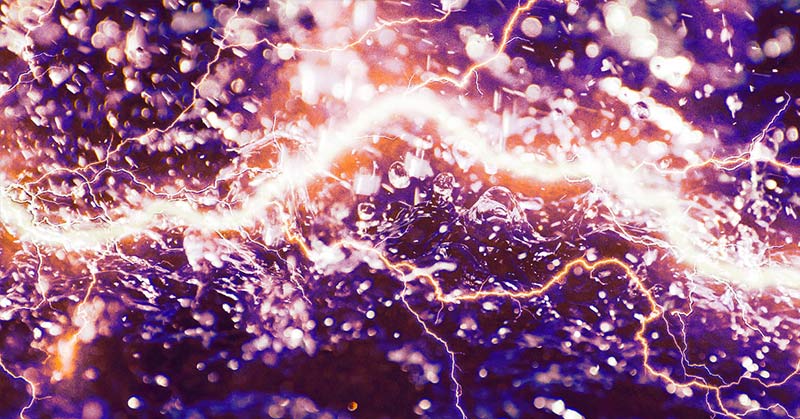As of 2018, twenty-six percent of the world’s energy came from renewable sources, and that number is expected to rise to forty-five percent by the year 2040 [1]. Currently, over sixty percent of renewable energy production comes from “traditional biomass”, which refers to the burning of wood, forest materials, and agricultural waste. The remaining thirty-five percent comes from “modern renewables”, which includes hydropower, wind, solar, and other renewables, such as nuclear power [2].
As climate change continues to worsen, and as we get closer and closer to running out of non-renewable energy sources like coal, oil, and natural gas, it is imperative that we work to develop better ways to generate power from renewable sources [3].
Currently, hydropower is the dominant form of renewable energy, but still only accounts for a small percentage of the world’s total energy production. Recently, however, a team of engineers from Hong Kong has developed a device that has the potential to use hydropower much more effectively, which could address our global renewable energy shortage.
Read: Microalgae System Turns Pollution Into Oxygen Equivalent To More Than 300 Trees
The Power of a Raindrop
The team of researchers from the City University of Hong Kong has created a device called a “droplet-based electricity generator”, or DEG. The device can reportedly generate 140 volts of electricity from one single raindrop, but only briefly. That is enough to power one hundred small light bulbs for a short amount of time [4,5].
How Does the DEG Work?
There are two unique features of their design. The first is PTFE, which is an electret material similar to a permanent magnet, that has a quasi-permanent electric charge. The team discovered that when raindrops continuously hit the surface of PTFE, the charges that were generated on the surface accumulated gradually until it reached saturation, solving the previous problem of low-charge density [6].
The second key feature of their design is a unique field-effect transistor (FET)-like structure. The FET was invented in 1956 and is now the basic building block for modern electronic devices [6].
The DEG contains an aluminum electrode, as well as an indium tin oxide (ITO) electrode with a film of PTFE. When a water droplet falls onto the PTFE/ITO surface, it creates a bridge between the two electrodes, turning the whole system into a closed-loop electric circuit. With this system, instantaneous power density and the efficiency of energy conversion are much higher [6].
Read: ‘Anti-Solar’ Cells Could Keep the Power Going at Night
Improving the Efficiency of Hydro Power
Hydropower is nothing new, but most of our hydroelectricity systems require water that has high-frequency kinetic energy, like waterfalls. The problem is, that while seventy percent of the Earth’s surface is covered by water, much of that water is in the form of waves, tides, and raindrops that have low-frequency kinetic energy. Until now, they could not efficiently be converted into electrical energy because of technological limitations [6].
Professor Wang Zuankai from CityU’s Department of Mechanical Engineering, who was part of the research team, believes that our current methods and technology for generating electricity from water does not fully take advantage of the powerful resource.
“The kinetic energy entailed in falling water is due to gravity and can be regarded as free and renewable. It should be better utilized,” he said [6].
Responding to the Global Renewable Energy Shortage
As of now, this new technology is not reliable enough to provide a continuous supply of power, and so more research is required in order for it to be viable for peoples’ homes [4]. Professor Wang and his associates are hoping that their work will help us to better use water as an energy source, in order to resolve the global renewable energy shortage and lessen our reliance on fossil fuels.
“Generating power from raindrops instead of oil and nuclear energy can facilitate the sustainable development of the world,” he said [6].
As the team continues to develop their research and refine the technology, it could mean that one day you’ll be able to generate electricity off the top of your umbrella, or even inside your water bottle [6].
- https://www.c2es.org/content/renewable-energy/
- https://ourworldindata.org/renewable-energy
- https://ourworldindata.org/how-long-before-we-run-out-of-fossil-fuels
- https://futurism.com/the-byte/generate-electricity-rain
- https://www.cityu.edu.hk/media/press-release/2020/02/06/cityu-new-droplet-based-electricity-generator-drop-water-lights-100-small-led-bulbs
- https://www.sciencedaily.com/releases/2019/07/190712151926.htm

